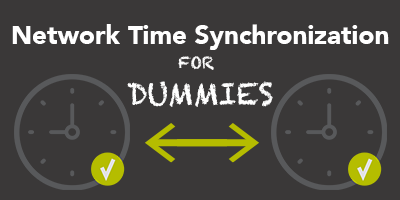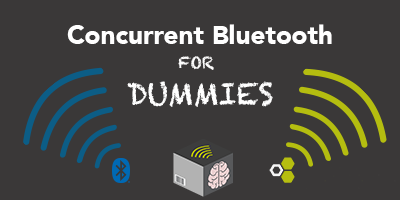LR-TSCH: Network Time Synchronization for Dummies!
One of the most important things to master, to become successful in today’s society, is time management. Operating ultra-low power wireless mesh networks is no different – arriving right on time, getting the job done efficiently and effectively, and then moving on to the next task (or taking a rest) is what’s required in order to excel. LumenRadio is best-in-class in this discipline – let us explain what’s in it for you.
What is network time synchronization?
When you are operating mesh networks, while also duty-cycling the radios to conserve power, synchronizing the clocks of all devices becomes extremely important. Duty-cycling basically means turning the radio on and listening at defined intervals, and then back off again to save power or do other things. And if you then wake up at the wrong time, you will hear nothing but silence.
Within MiraMesh, we have implemented a technology we call LR-TSCH to handle this. It’s LumenRadio’s performance-tuned version of Time-Synchronized Channel Hopping. What makes this technology different is that it is:
- Lean – it uses all available sources (i.e. timestamps) for synchronization. It does not rely on a specific type of message/beacon being sent in the network – if something is transmitted by a device, we see it as relevant input for clock synchronization.
- Adaptive – it learns the clock-drift for each individual device and starts to compensate for it. And as drift also varies with the ambient temperature, location (indoor/outdoor), time of day or season, it does not affect the accuracy we can achieve.
- Automatic – MiraMesh takes care of this in the background.
What does network time synchronization do?
- In brief, it keeps the clocks of all devices in a network accurately synchronized. And when we say accurately, we mean REALLY accurately – 5 us maximum clock-drift between neighboring devices and maximum 50 us across a whole network.
Why is this important for you?
- This allows you to build wireless meshing networks of battery-operated devices, thanks to the power savings it enables. Zero wires allow you to create new and completely unique user experiences from an installation and commissioning perspective, while also making retrofit a much more compelling offer.
- You can also timestamp your data, knowing that observations from the same point-in-system-time actually happened at the same point-in-real-time. This will allow you and your customers to refine your analysis, rather than realize you’ve been chasing ghosts in your dataset due to clock drift.
- It also goes the other way around, giving you the possibility to schedule events with extreme accuracy to happen simultaneously or in a deterministic sequence across your network.
- All-in-all, it helps you to maximize your efficiency in the time dimension. To use an analogy, it’s like perfectly timing catching your bus to work – it allows you to snooze one more time before getting up and you don’t waste any time waiting at the stop.
What does it mean for LumenRadio?
- Since ultra-low power consumption is one of our trademarks, not wasting time and energy by “waking up too early or staying up too late” becomes key – being able to duty cycle the radio extremely hard, is what enables us to build meshing networks of battery-operated devices with 10+ years battery-time.
- And keeping the devices on a very tight leash in the time dimension, also enables us to offer one of our other killer features – providing a Concurrent Bluetooth connection (or any other third-party radio protocol) by time-sharing the radio between multiple communication stacks. This requires perfect timing to succeed, which leaves no room for clock-drift among your devices.
Don’t miss the other posts from our series: Concurrent Bluetooth for Dummies and Cognitive Coexistence for Dummies.






